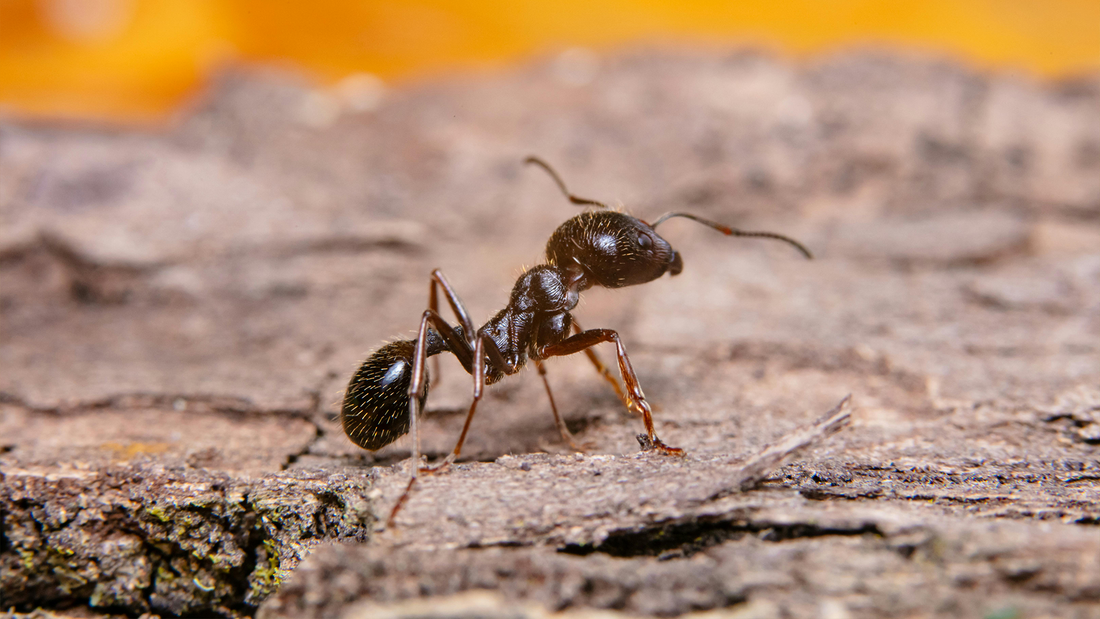
A Homeowner’s Guide to Controlling Outdoor Ants
Share
Ants might seem like harmless little creatures, but when they invade your outdoor living space or sneak into your home, they can quickly become a nuisance. While they rarely bite or sting and generally don’t damage property (except for species like fire ants), their presence can be frustrating. Ant hills can ruin the aesthetics of a well-kept lawn, and if they’re near doorways, they might find their way indoors. Luckily, with the right strategies, you can control outdoor ant populations and keep your home ant-free. Read on to learn how to identify potential ant problems, understand what attracts ants, and discover effective solutions to control them.
Recognizing Outdoor Ant Problems Before They Escalate
It’s normal to have some ants in your yard—they’re part of the ecosystem. However, it’s essential to recognize when their presence becomes problematic.
Look for Ant Hills
Ant hills are one of the most visible signs of an ant colony. These sandy mounds mark the entrances and exits to their extensive underground nests. You might find them on your lawn, between cracks in pavement, or near trees and stumps. Each ant hill signals the presence of a colony that could contain tens of thousands of ants. Spotting multiple ant hills on your property is a clear sign it’s time to take action.
How to Control Ants Outside Your Home
While it’s impossible to eliminate ants entirely, there are several steps you can take to manage their populations and prevent them from becoming a problem.
1. Clean Up Regularly
Ants are attracted to food, especially sugary or greasy residues. After outdoor meals, clean up spills and wipe down tables thoroughly. Using vinegar-based cleaners can help disrupt the pheromone trails ants use to navigate, making it harder for them to find food sources.
2. Minimize Food Sources
Fruit trees and berry shrubs are wonderful additions to any yard, but fallen fruit can attract ants. Regularly check your plants and pick ripe fruit promptly to prevent it from falling to the ground.
3. Seal Cracks in Paved Areas
Ants often build nests in cracks in driveways, sidewalks, and patios. Sealing these cracks can prevent them from settling in. If you’ve identified an existing ant colony, remove the anthill before sealing the area. Keep in mind that sealing won’t eliminate the ants entirely—they’ll likely find another exit.
4. Prune Trees and Shrubs
Some ant species prefer nesting near wood. Pruning trees and shrubs, especially those close to your home’s windows or doors, can limit their access points and reduce the likelihood of an indoor invasion.
Preventing Ants From Entering Your Home
While managing outdoor ants is essential, keeping them out of your home should also be a priority. Here’s where professional pest control services can help.
Perimeter Pest Control Services
A comprehensive Perimeter Pest Control plan can provide year-round protection for your home. Professionals treat the area immediately surrounding your home, focusing on potential entry points. These seasonal treatments create a protective barrier that helps keep ants and other pests from entering your living space. With consistent applications, this service ensures peace of mind and a pest-free home.
Final Thoughts
Ants are a natural part of any outdoor environment, but they don’t have to disrupt your lawn or invade your home. By following these preventative measures and considering professional services like Perimeter Pest Control, you can manage ant populations effectively. Take the steps today to maintain a comfortable, ant-free outdoor and indoor living space.
